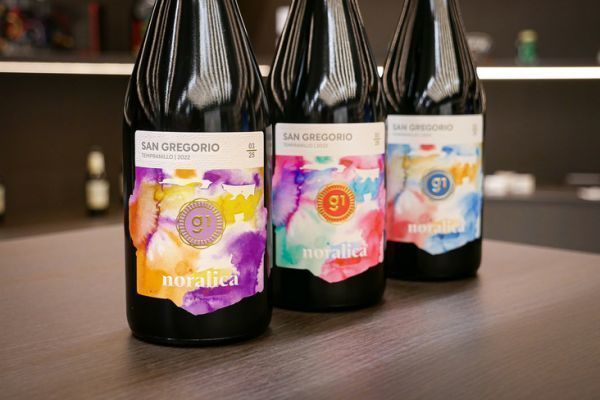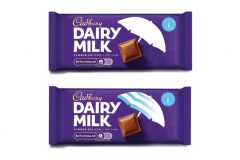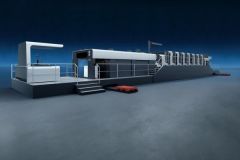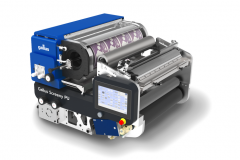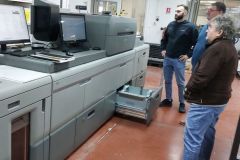Having overcome the cost-of-ownership hurdle with the Gallus One launched in 2022, Gallus is now tackling another obstacle to the adoption of inkjet in high-end labels: finishing. At the Gallus Wine Label Days on March 25 in St. Gallen, Heidelberg's Swiss subsidiary unveiled this new solution, the MatteJet, an inline matz finishing module, with no varnish or post-processing.
MatteJet, the matte finish for inkjet label printing
"Until now, matte finishing for digital inkjet was only achievable by adding integrated flexo units or post-processing equipment for varnishing, which added time, complexity and cost, says Dario Urbinati, General Manager of Gallus. Now, by eliminating the need for this type of varnish, customers can gain efficiency on several fronts, while retaining the surface texture of the desired substrate."
MatteJet technology is based on inline matte application, via a proprietary coating head placed at the print output. It eliminates the glossy effect of UV inkjet, while preserving the substrate's texture and without modifying the press mechanics. The desired visual effect is a homogeneous matte finish, suited to the coated or textured papers used in high-end labels. The process requires no cliché, cylinder or post-press intervention.
The module is activated via the Gallus One label press interface, with no need for complex configuration changes. The absence of an anilox roller and varnishing circuit limits cleaning operations, as well as related consumption.
The addition of the MatteJet module requires no adaptation of the existing Prinect workflow or drying line.
Development at the Gallus Experience Center
Development of the module was carried out at the Gallus Experience Center, due to open in St. Gallen in 2023. This site concentrates demonstration, training and R&D activities. Several tests were carried out on heat-sensitive materials and textured substrates, typically used for wine labels.
The development also involved technical partners, including GEW, a British supplier of UV curing systems. GEW worked on validating thermal compatibility between the MatteJet head and existing curing modules, under production conditions.
A new solution in line with Heidelberg's strategy
The addition of MatteJet to the Gallus One is part of a broader industrial strategy pursued by Heidelberg. The German group now offers a range covering offset, flexo, electrophotographic toner and inkjet, in a logic of technological convergence centered on a single production workflow. Gallus, which employs some 280 people, represents the group's label division.
The arrival of this finishing unit expands the range of uses for digital label printing, particularly in markets that have hitherto remained faithful to conventional processes. The deployment of MatteJet could thus contribute to boosting the profitability of short-run production on premium substrates.
